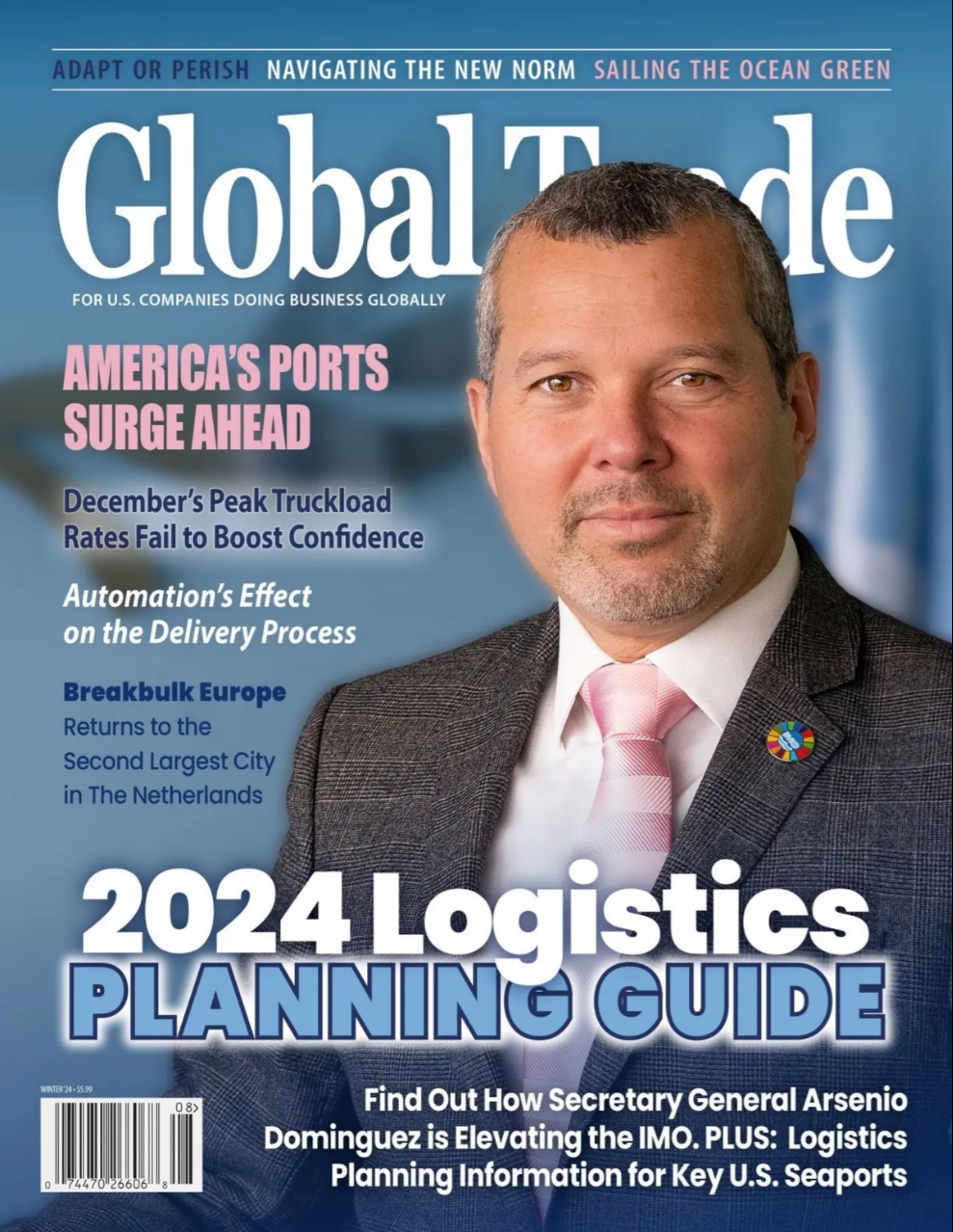If you haven’t worked with a Chinese manufacturer before but are intending to start now, this article is for you. From the onset, we must inform you that you are in for a lot of positive gains, but you need to be ready for occasional production problems. One day you are panicking after a factory delays your products, the other day you are petitioning a manufacturer for refusing to rework substandard goods and another time you are running after a supplier who walked out on you without prior warning. Don’t get us wrong: There are many good manufacturers in China, but there is no harm in being cautious.
To set up a company in China, you must know and avoid the pitfalls that rogue manufacturers have led many foreign companies into. Remember that when it gets to product development, you have your own customers waiting for your deliveries, so you need a manufacturer who delivers quality products and in a timely manner. That being said, which mistakes must you avoid when manufacturing in China? How do you avoid them?
1. Entrusting manufacturers with your business interests
Trust is vital in business, but you must not trust anyone with your business interests. Do not forget that learning some words and phrases is crucial at the point so that you could do some basic communication. For more complex communication, a company that provides Chinese translation services needs to be hired so that no misunderstanding happens. When working with a Chinese manufacturer, avoid the mistake of allowing the manufacturer to control the quality of your products or the delivery time. Many entrepreneurs have made the mistake of sticking around even after realizing that a manufacturer or supplier is incompetent, probably because they are afraid to lose their pre-paid deposits. Tell you what; you would rather walk away and lose a small deposit than stick around and end up with substandard goods that will ruin your existing reputation.
Also, a small deposit may not be worth the frustrations that you will cause your customers by keeping them out of supply for long.
Another way of protecting your interests when dealing with a Chinese manufacturer is to always have an inspector or an agent on-site, constantly updating you on every stage of your product development process. A Chinese recruitment agency can help you find and recruit a reputable agent for that role. If the manufacturer tries any underhand strategies, you can easily stop them in their tracks. You will always be a step ahead of them.
2. Prioritizing fast delivery over quality
For what it is worth, quality must always come before delivery speed for as far as product development is concerned. Product development requires tons of time and effort to be successful. And because your customers want top-quality products, you must not compromise quality for anything. The challenge that is unique to China, however, is that when you pressurize the manufacturer too much, they may not tell you outright. Instead, they will lower the manufacturing standards so as to avoid possible delays.
On the other hand, there are reported cases of Chinese manufacturers’ hiking production costs upon realizing how much value you’ve attached to the quality of your product.
How, then, do you find a workable balance? Again, sending a local agent to supervise the manufacturing process would be a great option for you. Because the agent understands the Chinese business culture and language perfectly, he/she will know how to send your message across without scaring away good manufacturers and/or falling into the trap of quack manufacturers who hike production costs for no apparent reasons.
3. Relying too much on a manufacturer’s past reputation
Previous success can be used to gauge the performance of a manufacturer in the west, but not necessarily in the east. Chinese companies with reasonably good reputations have in the past frustrated many foreign investors, sometimes to the point of collapsing entire investments. Don’t make the mistake of trusting a manufacturer based on your past experiences with them; always be on high alert knowing that they can disappoint you at any moment.
The fact that a Chinese manufacturer hasn’t failed you yet isn’t a guarantee that they will not unexpectedly drop their manufacturing quality and damage your reputation.
There are many manufacturers in China today who are holding onto projects such as yours as their only means of survival. If you allow them the chance to rebuild using your money, they will fancy their chances without looking back. There are also manufacturers who are protected by government bureaucrats, so they don’t care too much about their reputation with foreign businesses. They will mess you up and continue with their daily operations as if nothing happened. You must, therefore, never drop your guard: Always be hands-on and control the behavior of your Chinese manufacturer.



